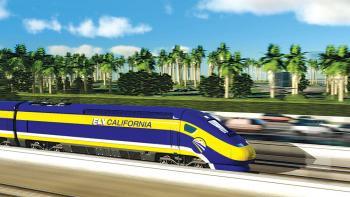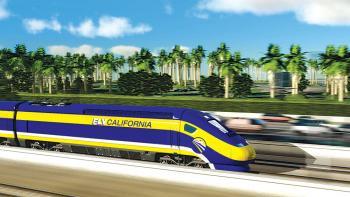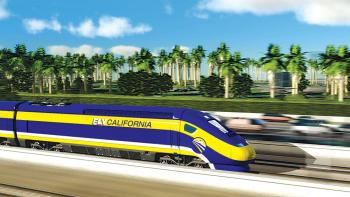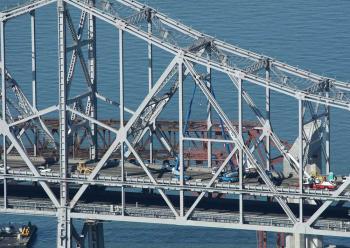Billions of dollars in federal funding may transform the way Americans travel in the years ahead.
Government subsidies will soon siphon off funds to a stimulus program designed to jump-start high-speed rail system development, similar to the long-term effort in building the interstate highway system in the nation. The high-speed rail stimulus for various projects in different states will be announced in late September, U.S. officials said on Monday.
California alone, submitted 42 applications on Tuesday for $1.1 billion in American Recovery and Reinvestment Act funding available through the high-speed and intercity passenger rail program.
“On top of stimulating the California economy, federal investment in California’s rail systems will help lay a sustainable foundation for economic growth, help us meet our environmental goals and improve quality of life here in California,” Gov. Schwarzenegger said on Tuesday.
The U.S. Department of Transportation announced last month that it received an overwhelming number of requests from state and local governments seeking financing for high-speed rail systems.
Government subsidies will soon siphon off funds to a stimulus program designed to jump-start high-speed rail system development, similar to the long-term effort in building the interstate highway system in the nation. The high-speed rail stimulus for various projects in different states will be announced in late September, U.S. officials said on Monday.
California alone, submitted 42 applications on Tuesday for $1.1 billion in American Recovery and Reinvestment Act funding available through the high-speed and intercity passenger rail program.
“On top of stimulating the California economy, federal investment in California’s rail systems will help lay a sustainable foundation for economic growth, help us meet our environmental goals and improve quality of life here in California,” Gov. Schwarzenegger said on Tuesday.
The U.S. Department of Transportation announced last month that it received an overwhelming number of requests from state and local governments seeking financing for high-speed rail systems.






